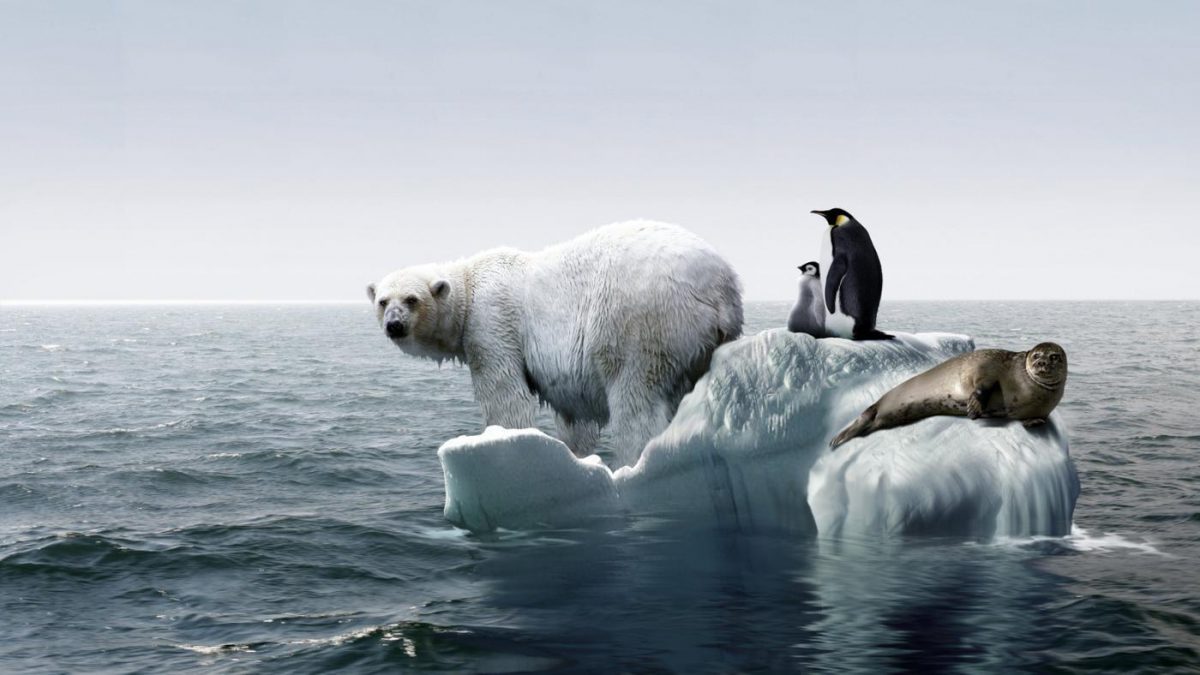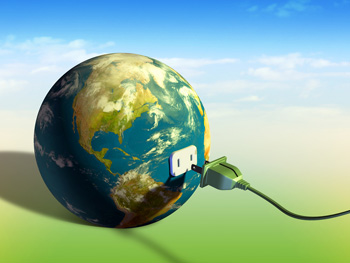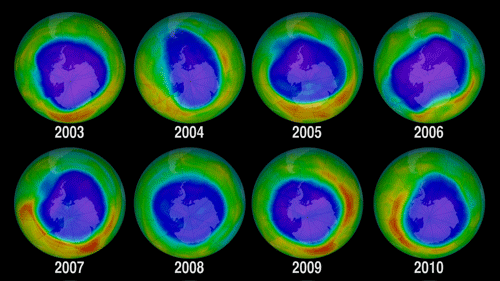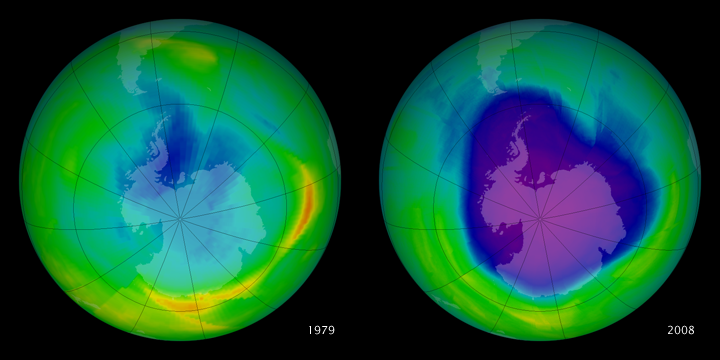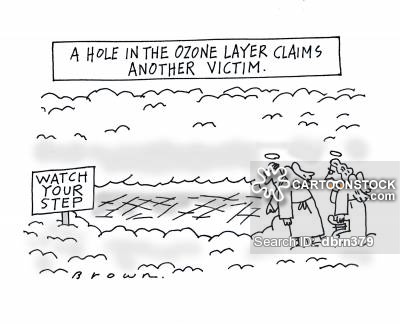- How can you purify your water when you are hiking? Name 2 or 3 possibilities. Compare these methods in terms of cost and effectiveness. Are any of these methods similar to those used to purify municipal water supplies? Explain. 3 ways hikers are able to purify water are: boiling water, using filters or purifiers, and using purification tablets (chlorine dioxide tablets).Out of the aforementioned possibilities to purify water on a hike, the cheapest method is most likely boiling water as it uses simple tools such as a tin can to place the water in and fire starters to start the fire. This method requires just 1 to 3 min for the water to be prepared. However, this method wastes fuel in lighting the fire which are essential for cooking.
Using filters or purifiers does effectively purifiers water obtained from streams or other water bodies easily, but the cost for these equipments may not be cheaply available, although of recent years the equipment have become more affordable.
Purification tablets is the preferred choice based on efficiency and convenience as the tablets are lightweight and will not take up much space to be carried on a hike. They are also easy to use by just dropping the tablet into the water container and waiting 30 minutes, the water will become drinkable.
- Explain why desalination techniques, despite proven technological effectiveness, are not used more widely to produce potable drinking water. Desalination of water is very expensive costing hundreds to thousands of dollars due to the large amount of energy it requires. As salt dissolves very easily, forming strong hydrogen bonds with water, the intermolecular bonds would be difficult to overcome. Expensive technological equipment is another contributing factor to the high costs of desalination technique. It is much cheaper and accessible to use local freshwater especially for the less developed countries whereby amenities are less available.
- Water quality in a chemical engineering building on campus was continuously monitored because testing indicated water from drinking fountains in the building had dissolved lead levels above those established by NEA. a. What is the likely major source of the lead in the drinking water?b. Do the research activities carried out in this chemistry building account for the elevated lead levels found in the drinking water? Explain.
a. Corrosion of lead pipes which transports water to the drinking fountains.
b. Research activities uses water from a different pipe from drinking water which may not be contaminated with elevated lead levels.
- Some vitamins are water-soluble, whereas others are fat-soluble. Would you expect either or both to be polar compounds? Explain.
Fat-soluble vitamins are non-polar so as to interact with non-polar lipid molecules while water-soluble vitamins would have polar properties enabling interaction with polar water molecules. Similar polarity properties with the solvents are important to allow the vitamins to dissolve and be transported to the respective regions within the body.


